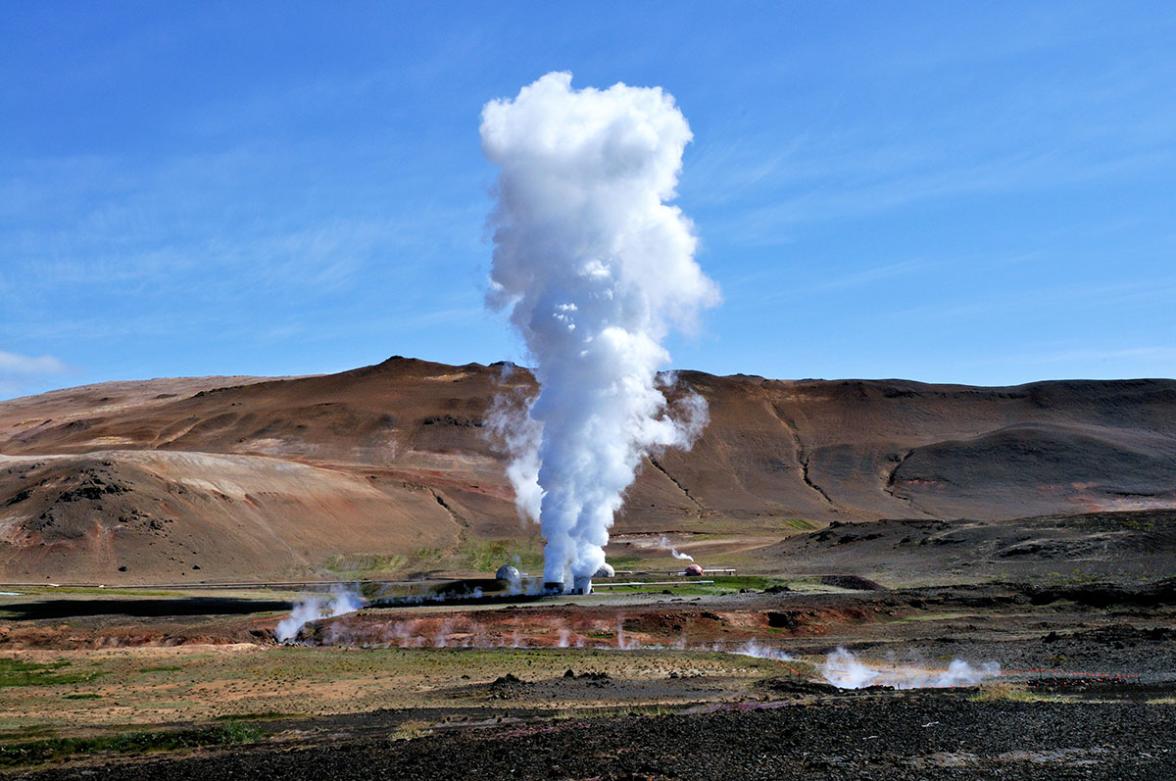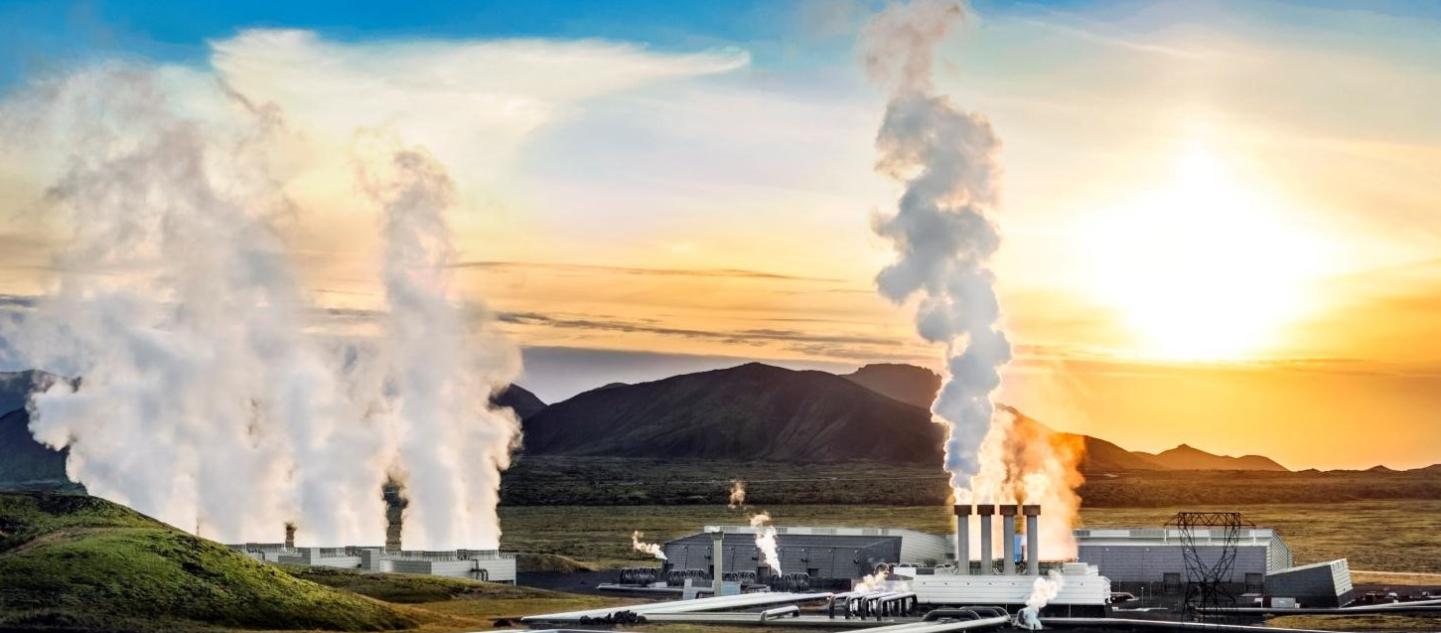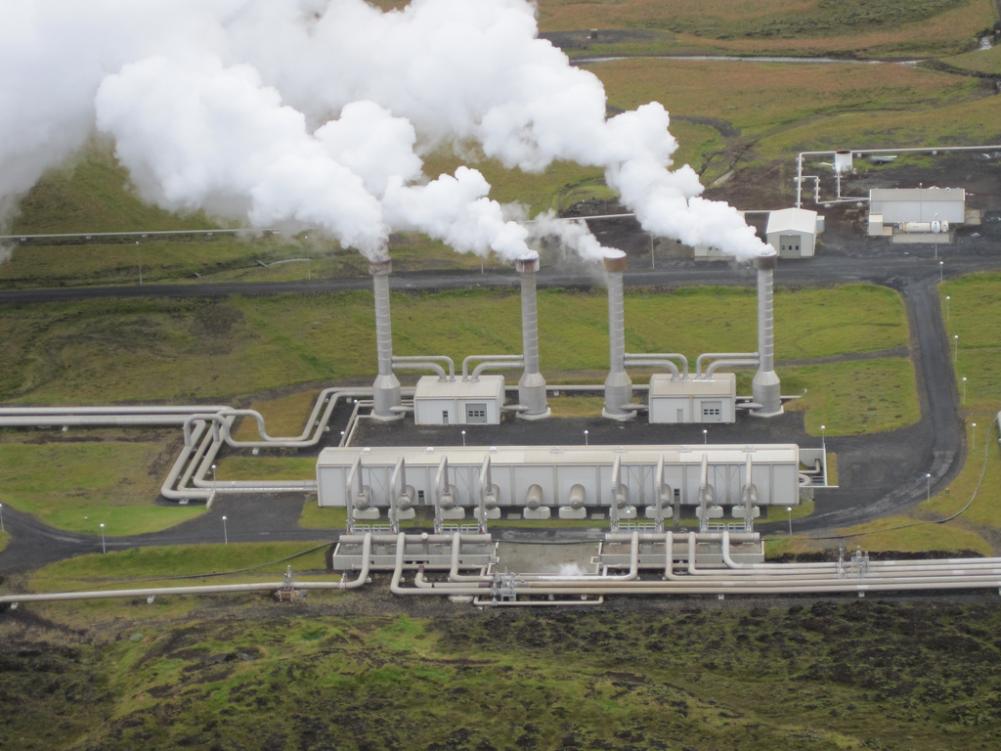What Are the Different Types of Geothermal Energy Systems?
Geothermal energy is a renewable energy source that harnesses the heat from the Earth's core to generate electricity or provide heating and cooling. Geothermal energy systems utilize various technologies to extract and convert this heat into usable energy.

Types Of Geothermal Energy Systems
There are five main types of geothermal energy systems:1. Dry Steam Systems
Description: Dry steam systems are the simplest and most efficient type of geothermal energy system. They utilize high-temperature steam reservoirs to generate electricity directly. The steam is piped from the reservoir to a turbine, which spins to generate electricity.
Advantages:
- High efficiency
- Simple technology
- Low environmental impact
Disadvantages:
- Requires high-temperature steam reservoirs
- Limited availability

Examples: The Geysers in California, USA, is the largest dry steam geothermal field in the world.
2. Wet Steam Systems
Description: Wet steam systems use a mixture of steam and hot water to generate electricity. The mixture is piped from the reservoir to a separator, which separates the steam from the water. The steam is then used to drive a turbine, while the water is reinjected into the reservoir.

Advantages:
- Can utilize lower-temperature reservoirs
- More widely available than dry steam systems
Disadvantages:
- Lower efficiency than dry steam systems
- More complex technology
Examples: The Wairakei Geothermal Power Station in New Zealand is one of the largest wet steam geothermal power plants in the world.
3. Flash Steam Systems
Description: Flash steam systems utilize high-pressure hot water reservoirs. The hot water is pumped from the reservoir to a lower-pressure vessel, causing some of the water to flash into steam. The steam is then used to drive a turbine, while the remaining water is reinjected into the reservoir.
Advantages:
- Can utilize lower-temperature reservoirs
- More widely available than dry steam systems
Disadvantages:
- Lower efficiency than dry steam systems
- More complex technology
Examples: The Hellisheidi Geothermal Power Plant in Iceland is one of the largest flash steam geothermal power plants in the world.
4. Binary Cycle Systems
Description: Binary cycle systems use a secondary fluid, such as isobutane or pentane, to generate electricity. The secondary fluid is heated by the geothermal fluid in a heat exchanger. The heated secondary fluid then vaporizes and drives a turbine, which generates electricity. The geothermal fluid is reinjected into the reservoir.
Advantages:
- Can utilize lower-temperature reservoirs
- More widely available than dry steam systems
- Lower environmental impact
Disadvantages:
- Lower efficiency than dry steam systems
- More complex technology
Examples: The Otake Geothermal Power Plant in Japan is one of the largest binary cycle geothermal power plants in the world.
5. Hybrid Geothermal Systems
Description: Hybrid geothermal systems combine two or more types of geothermal energy systems to generate electricity. For example, a hybrid system might use a dry steam system to generate electricity during peak demand periods and a binary cycle system to generate electricity during off-peak periods.
Advantages:
- Can utilize a wider range of geothermal resources
- Can provide more reliable and flexible electricity generation
Disadvantages:
- More complex technology
- Higher cost
Examples: The Nesjavellir Geothermal Power Plant in Iceland is one of the largest hybrid geothermal power plants in the world.
Comparison Of Geothermal Energy Systems
The following table compares the different types of geothermal energy systems:
| System | Description | Advantages | Disadvantages |
|---|---|---|---|
| Dry Steam | Uses high-temperature steam reservoirs to generate electricity directly. | High efficiency, simple technology, low environmental impact | Requires high-temperature steam reservoirs, limited availability |
| Wet Steam | Uses a mixture of steam and hot water to generate electricity. | Can utilize lower-temperature reservoirs, more widely available | Lower efficiency than dry steam systems, more complex technology |
| Flash Steam | Utilizes high-pressure hot water reservoirs to generate electricity. | Can utilize lower-temperature reservoirs, more widely available | Lower efficiency than dry steam systems, more complex technology |
| Binary Cycle | Uses a secondary fluid to generate electricity. | Can utilize lower-temperature reservoirs, more widely available, lower environmental impact | Lower efficiency than dry steam systems, more complex technology |
| Hybrid | Combines two or more types of geothermal energy systems to generate electricity. | Can utilize a wider range of geothermal resources, can provide more reliable and flexible electricity generation | More complex technology, higher cost |
Applications Of Geothermal Energy Systems
Geothermal energy systems are used for a variety of applications, including:
- Electricity generation
- Heating and cooling
- Industrial processes
- Other applications, such as geothermal greenhouses and geothermal spas
Outlook For The Future Of Geothermal Energy
Geothermal energy is a renewable and sustainable energy source that has the potential to make a significant contribution to the global energy mix. As technology continues to improve and costs decrease, geothermal energy is expected to become increasingly competitive with other forms of energy.
YesNo

Leave a Reply